Introduction
The integration of artificial intelligence into architectural rendering is not merely a trend; it represents a paradigm shift that is reshaping the very foundation of design practices. As architects navigate the complexities of modern projects, AI technologies offer unparalleled advantages in speed, accuracy, and creativity, enabling professionals to create lifelike visualizations that resonate with clients and stakeholders alike.
From automating labor-intensive tasks to enhancing collaborative workflows, the potential of AI is vast, yet it is accompanied by challenges that demand careful consideration. This article delves into the multifaceted role of AI in architectural rendering, exploring practical techniques for implementation, the ethical implications of automation, and the future trends that promise to redefine the industry.
By understanding these dynamics, architects can strategically harness AI advancements to elevate their design processes and ultimately deliver exceptional results.
Understanding AI’s Role in Architectural Rendering
The advent of AI technologies has significantly transformed architectural rendering with AI, providing unprecedented speed and accuracy in the representation of design concepts. By employing sophisticated machine learning algorithms, AI systems can analyze extensive datasets to identify and predict the most effective techniques and styles for architectural rendering with AI, including the creation of lifelike CG humans that effectively bridge the uncanny valley in architectural visualizations. These lifelike representations not only enhance the realism of endeavors but also engage potential clients more effectively.
For instance, AI-powered tools excel in automating lighting adjustments that adhere to real-world physics, minimizing the time designers traditionally allocate to manual modifications. Moreover, the role of pre-sales visualization becomes prominent as architectural rendering with AI empowers developers, instilling confidence in their projects and igniting interest and investment long before physical construction begins. Pre-sales visualizations serve as a tangible asset that bridges the gap between concept and reality, generating crucial revenue for construction.
However, it is crucial to acknowledge that AI tools, such as ChatGPT, may exhibit biases, as noted by OpenAI, which states that ‘ChatGPT is skewed towards Western views and performs best in English.’ This highlights potential limitations that designers must consider when utilizing these technologies. Additionally, a case study on bias in AI training data reveals that models like Midjourney and ChatGPT are trained on data predominantly in English, leading to outputs that reflect this bias.
This leads to more precise architectural outputs for prompts associated with first-world designers compared to those from non-Western creators. Understanding these dynamics empowers designers to strategically leverage AI advancements in architectural rendering with AI, ultimately enhancing both creativity and productivity within their projects. As we examine current trends, it is clear that architectural rendering with AI in architectural practices not only streamlines workflows but also enhances the overall design process, including collaborative planning for detailed interior visualizations through client engagement and careful material collection.
Practical Techniques for Effective AI Rendering
To harness the full potential of AI in architectural rendering with AI, designers should consider implementing several advanced techniques. One effective approach is utilizing architectural rendering with AI through software such as Lumion and Enscape, both recognized for their remarkable visualization speed and quality. These tools excel in architectural rendering with AI, providing real-time visualization capabilities that enable professionals to see their creations immediately—crucial for improving client comprehension and promoting effective communication among stakeholders.
Furthermore, integrating architectural rendering with AI into established platforms like Revit can significantly enhance workflow efficiency. These plugins automate repetitive tasks, such as generating intricate textures and optimizing lighting within models for architectural rendering with AI, thereby freeing designers to focus on more creative aspects of design. Additionally, leveraging cloud-based processing services for architectural rendering with AI is a strategic move to alleviate the pressure on local resources.
By offloading complex scenes to the cloud, designers can utilize architectural rendering with AI to achieve high-quality renders without compromising their computer’s performance. This multifaceted strategy not only simplifies the production process but also allows designers to utilize architectural rendering with AI to remain competitive in a changing industry. Furthermore, integrating initial conceptual illustrations during the planning stage enables rapid visualization and economical exploration, assisting in informed decision-making and iterative support.
These architectural renderings with AI are especially advantageous as they allow architects to explore various creative options without considerable financial investment, facilitating a more dynamic and responsive development process. Notably, 51% of respondents believe that AI will have a positive impact on their job within the next five years, highlighting the growing acceptance of AI’s role in architecture. However, it’s essential to acknowledge that 8% remain uncertain about AI’s impact on their employment, reflecting mixed sentiments surrounding this technology.
Success stories from firms utilizing architectural rendering with AI tools like Lumion and Enscape reveal significant improvements in turnaround times and client satisfaction, further illustrating the practical benefits of adopting these technologies. In this context, offering clear and timely information throughout the development process becomes essential, as it improves collaboration and ensures that all stakeholders are aligned with the initiative’s vision.
Navigating Challenges in AI-Driven Architectural Visualization
Integrating AI into architectural rendering with AI presents a range of challenges that demand careful consideration. A main concern is the risk of over-reliance on AI tools, which could diminish professionals’ traditional rendering skills and lead to a dependence on automated processes that may not capture the subtle details of creation. Cinthya Soto observes that architectural rendering with AI plays a pivotal role in automating time-consuming and repetitive tasks, allowing designers to focus on more creative and strategic elements of their projects.
However, this automation raises ethical questions about authorship and originality, as AI-generated designs may overshadow human creativity. Furthermore, designers face technical challenges, including ensuring data quality and managing software compatibility, which are crucial for effective implementation. HData Systems provides solutions to combine data science and business intelligence, which can assist professionals in navigating these challenges.
According to recent survey results:
- While 86% of professionals express confidence in AI’s transformative potential, over half acknowledge its current limitations, particularly in industry-specific functionalities.
- Additionally, 70% of architects are comfortable using AI-generated design suggestions, though comfort levels vary by firm size.
The joint creation process at J. Scott Smith Visual Designs highlights the significance of high-quality visual representations in development and informed decision-making.
From initial communication to detailed 3D models, the firm emphasizes customization and revisions to align with client expectations. Their commitment to meticulous detail enhances realism and emotional impact, illustrating that despite advancements in architectural rendering with AI, the nuanced understanding and expertise of professionals are essential for delivering exceptional visualizations. High-quality representations serve as a vital tool in helping clients visualize and understand the project, ultimately facilitating informed decisions.
Addressing these challenges is essential for responsible AI implementation, ensuring that technology enhances rather than undermines the architect’s creative vision.
Future Trends in AI-Enhanced Architectural Rendering
The future landscape of architectural rendering with AI is poised for transformative advancements, particularly in virtual reality (VR) and augmented reality (AR). These technologies promise to revolutionize the presentation of designs, allowing clients to navigate immersive environments that bring concepts to life and build excitement about the potential of their endeavors. As design software becomes more advanced, we can anticipate enhanced customization to satisfy the distinct preferences and needs of individual users and particular tasks.
High-quality representations act as a crucial gateway to the future of initiatives, allowing stakeholders to envision possible results and make educated choices. This clarity is essential, particularly considering the complexity and scale of contemporary architectural endeavors, which influence rendering time and resource distribution. Moreover, the emergence of Innovative Assisted Reality Glasses is anticipated to improve user experience in architectural visualization, while advancements in generative creation may enable AI systems to produce inventive architectural solutions through architectural rendering with AI based on predefined criteria.
As 70% of architecture firms intend to invest more significantly in technology—particularly concentrating on management and software—the incorporation of AI into architectural practices is both timely and essential. This investment indicates a wider tendency where companies acknowledge that high-quality visuals not only enhance efficiency and creative abilities but also serve a crucial function in fostering enthusiasm and dedication to concepts. Insights from investment strategies within the industry reveal that many firms prioritize technology to enhance efficiency and design capabilities, with 42% of designers anticipating their projects will qualify as green within the next three years, highlighting a commitment to sustainability and innovation.
Key Takeaways for Implementing AI in Architectural Rendering
Integrating architectural rendering with AI into architectural visualization necessitates a strategic method, directed by the subsequent key insights:
- Acknowledge AI’s transformative function in improving visualization processes, enabling designers to utilize its full capabilities.
- Implement practical techniques and tools that streamline workflows, significantly improving efficiency. For context, male architects earned an average income of $85,968, while female architects earned $79,033, highlighting the economic importance of improving efficiency and quality through AI.
- Acknowledge the challenges and ethical considerations related to AI, ensuring its responsible application within the architectural field.
- Remain informed about emerging trends and technologies, positioning yourself to effectively harness future advancements.
As you investigate the possibilities of your architectural concepts, think about collaborating with J. Scott Smith Visual Designs for initial visuals that represent and confirm your ideas.
Their joint creation phase, involving repeated visualizations based on client input, enhances communication, helps resolve issues early, and reduces expensive alterations by identifying potential problems before they escalate. This simplification of project workflows is further improved by the use of architectural rendering with AI, which can enhance the production process and boost the clarity of layouts.
As Aleksandr Ahramovich, Head of AI/ML Center of Excellence, points out,
One example of AI in architecture is generative creation which uses algorithms to generate a range of optimized solutions based on input parameters.
Additionally, the case study titled ‘Collaborative AI Ecosystems’ illustrates how interdisciplinary collaborations can lead to holistic solutions in architecture. By adhering to these best practices and recognizing that large practices are applying machine learning to their own data sets to streamline operations, architects can seamlessly integrate architectural rendering with AI into their processes, ultimately enhancing both the quality and efficiency of their designs while navigating the complexities of the evolving architectural landscape.
Conclusion
The integration of artificial intelligence in architectural rendering is not only redefining design practices but also enhancing the capabilities of architects to deliver exceptional outcomes. By embracing AI technologies, architects can achieve remarkable speed and accuracy in visualizing their concepts, allowing for lifelike representations that effectively communicate ideas to clients and stakeholders. The ability to automate repetitive tasks and optimize workflows through AI-driven tools significantly streamlines the design process, fostering a more innovative and responsive approach to architecture.
However, the journey towards fully leveraging AI is not without its challenges. Concerns regarding over-reliance on these technologies and the potential ethical implications surrounding authorship and originality must be navigated with care. Architects must remain vigilant in maintaining their creative skills while harnessing the benefits of AI. Moreover, understanding biases inherent in AI systems is crucial to ensuring equitable outcomes in architectural practice.
Looking ahead, the future of AI-enhanced architectural rendering promises exciting advancements, particularly with the integration of virtual and augmented reality technologies. These innovations will further enrich the client experience, allowing for immersive engagement with designs and fostering deeper connections with architectural visions. As firms increasingly prioritize investments in technology, the strategic implementation of AI will undoubtedly shape the next era of architectural design.
In conclusion, the strategic adoption of AI in architectural rendering represents a significant opportunity for architects to elevate their design processes. By embracing practical techniques, addressing challenges, and staying informed about emerging trends, architects can effectively harness the potential of AI to not only enhance their creative output but also navigate the complexities of the evolving architectural landscape.

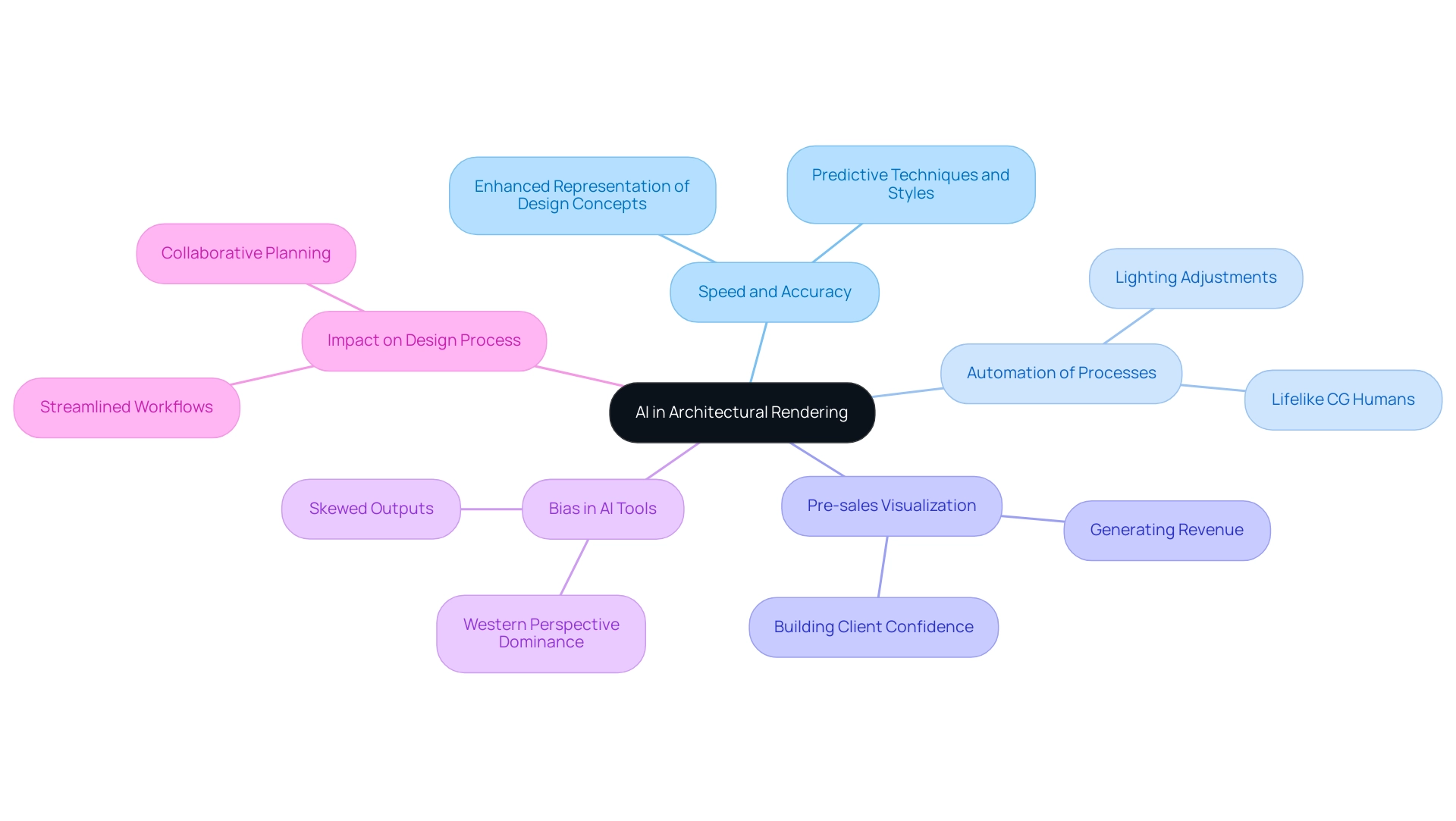
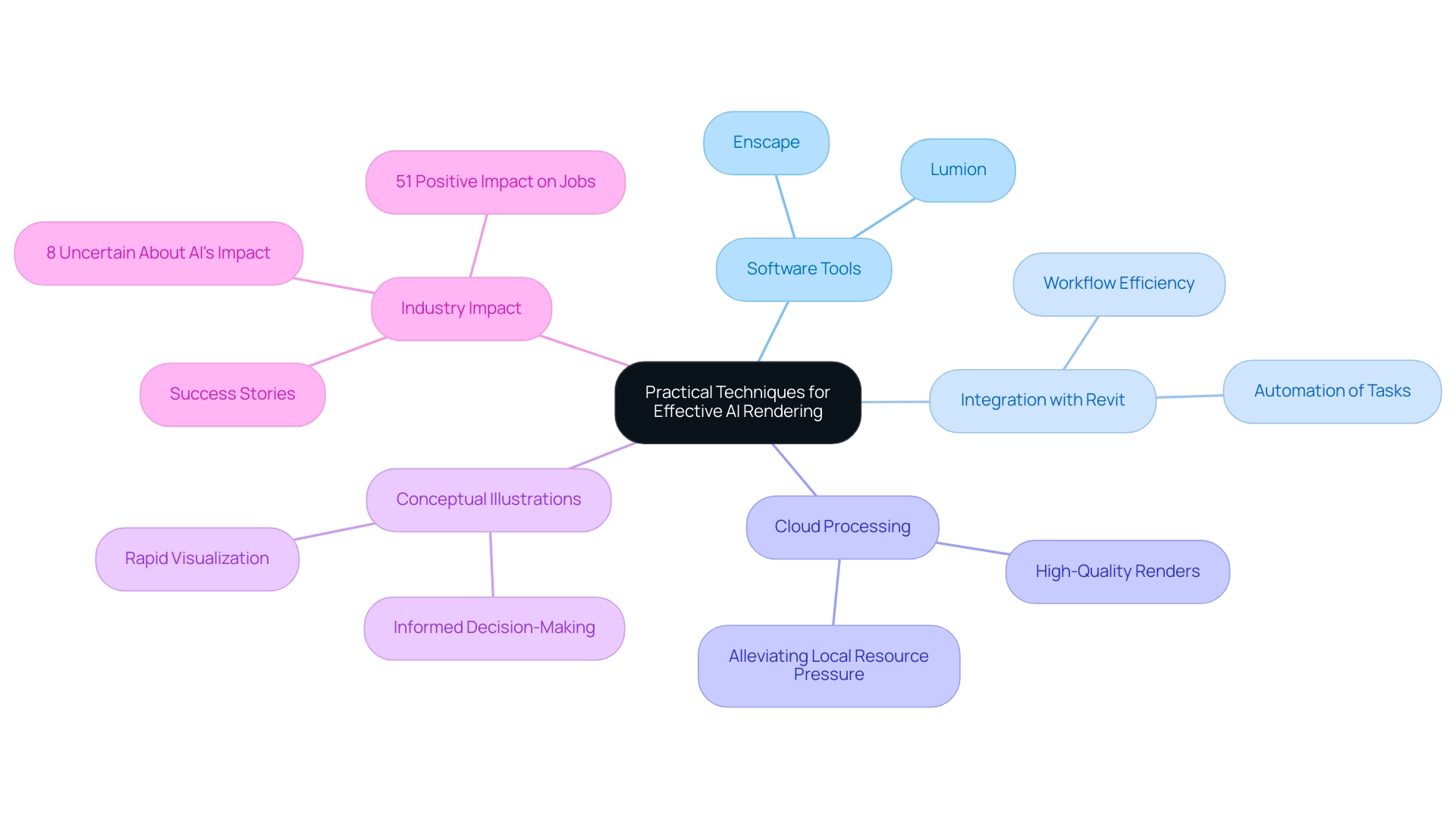
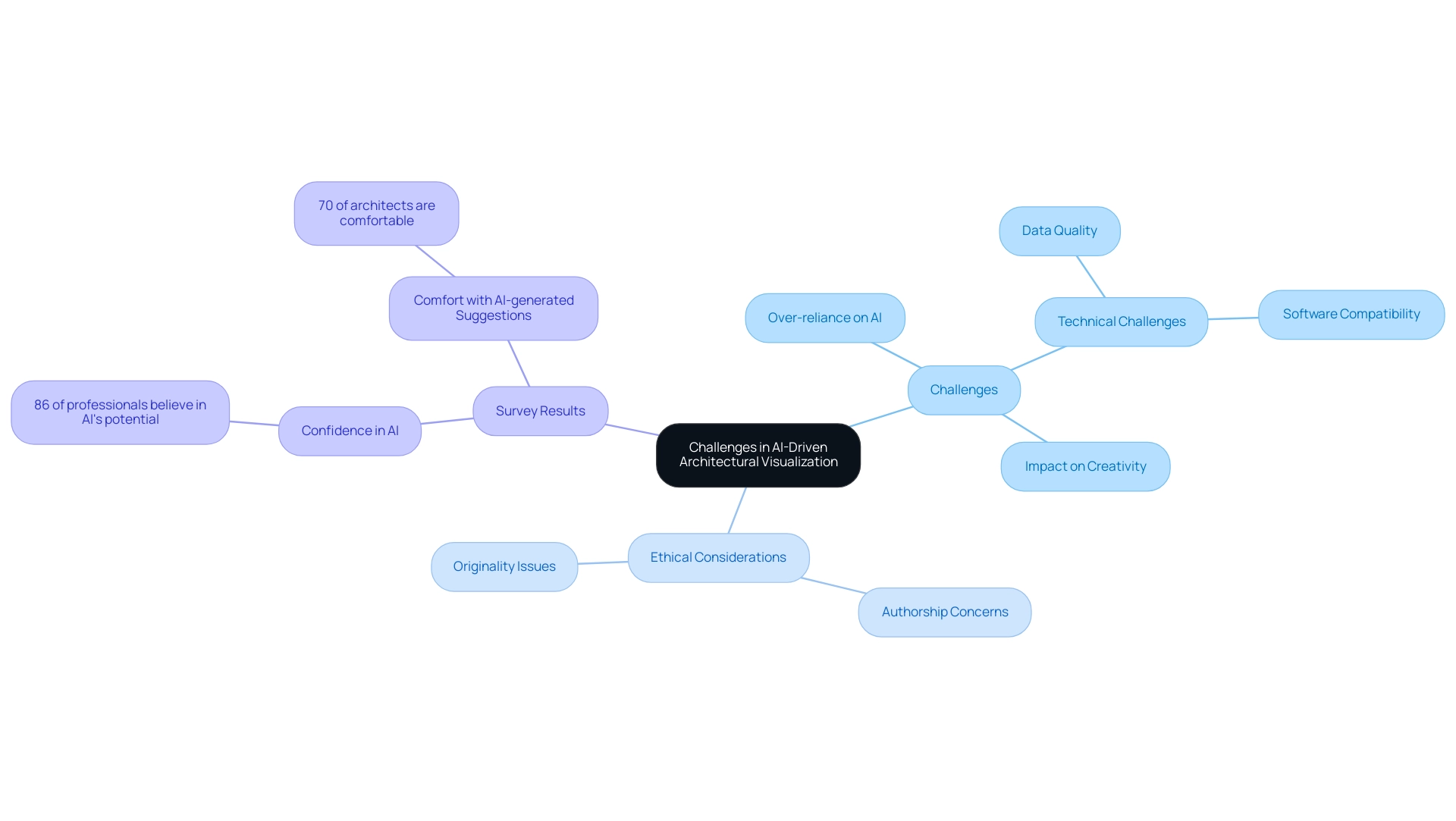
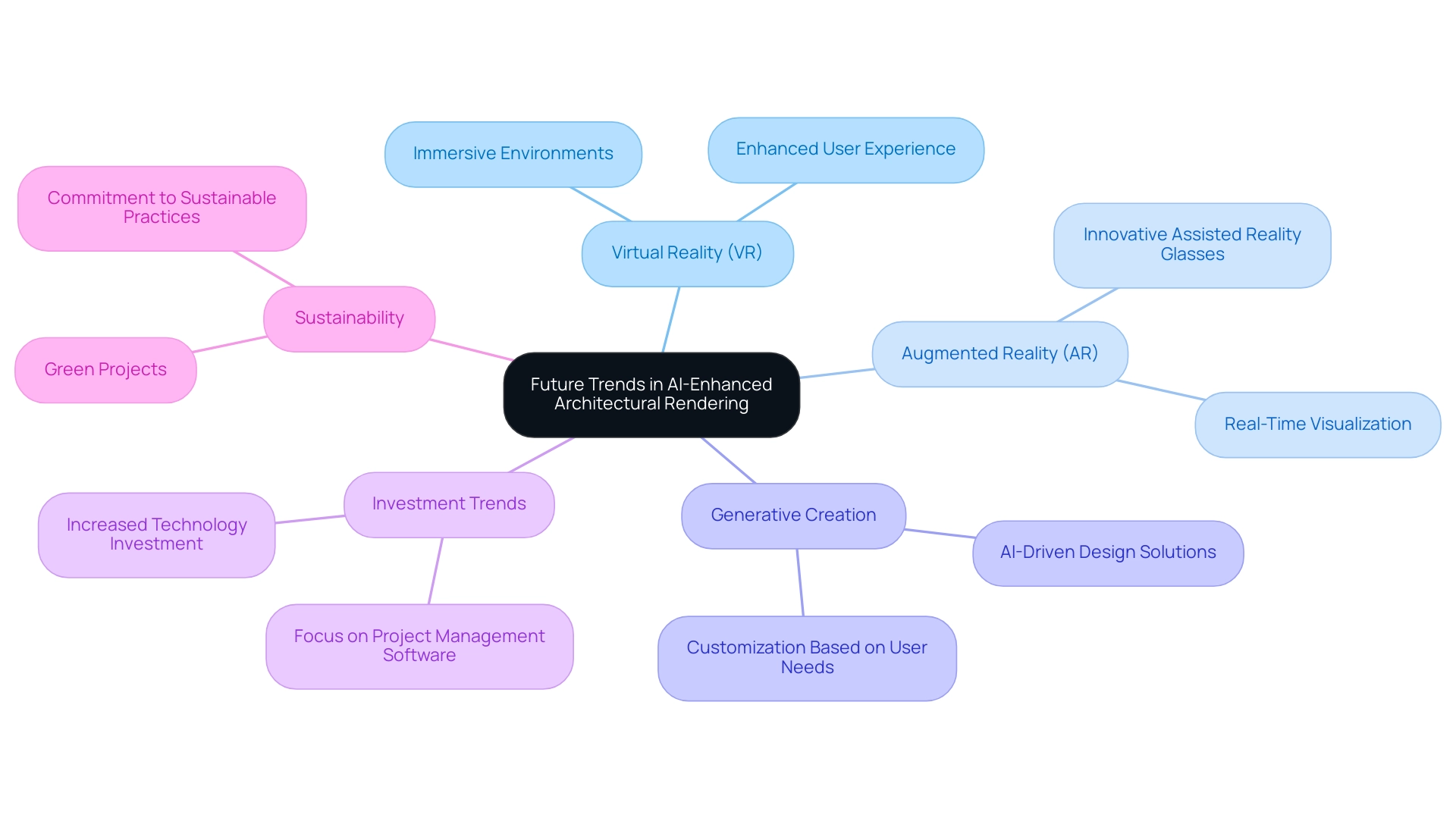
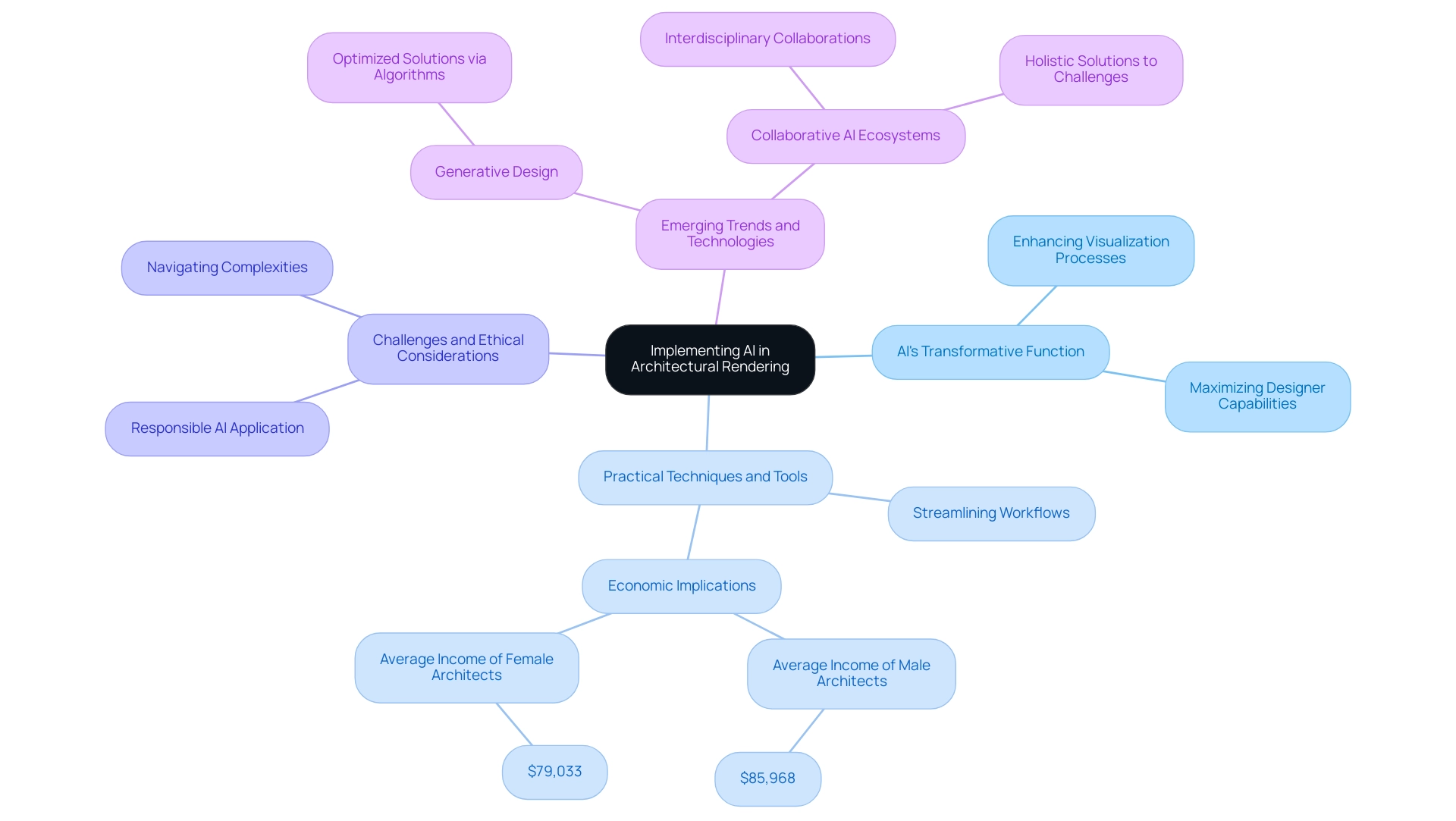
0 Comments